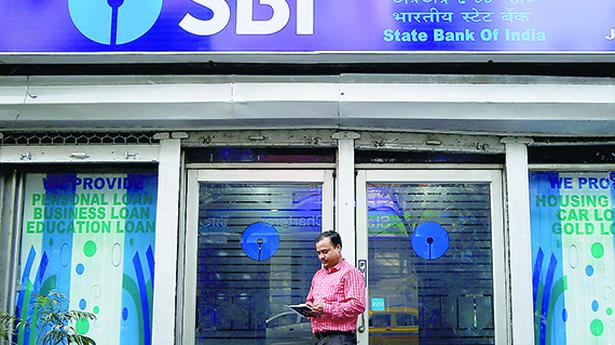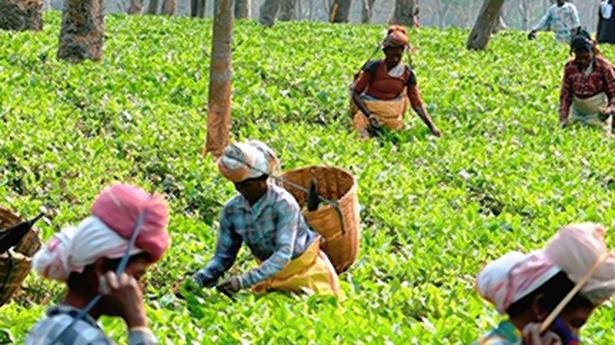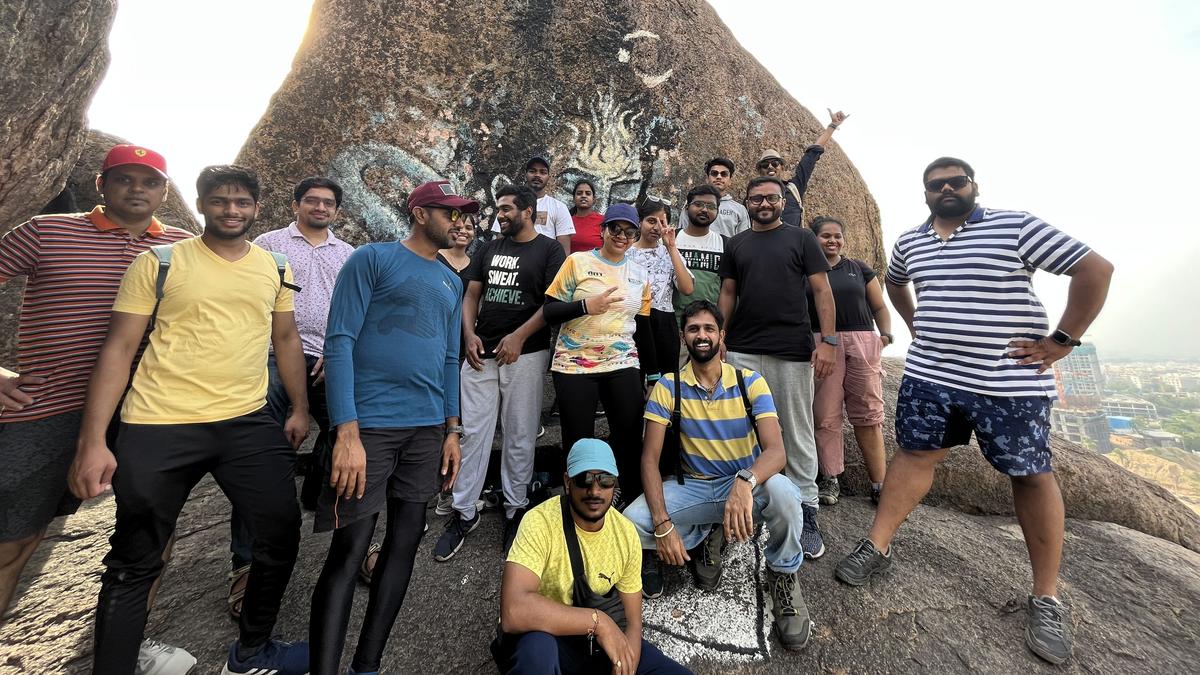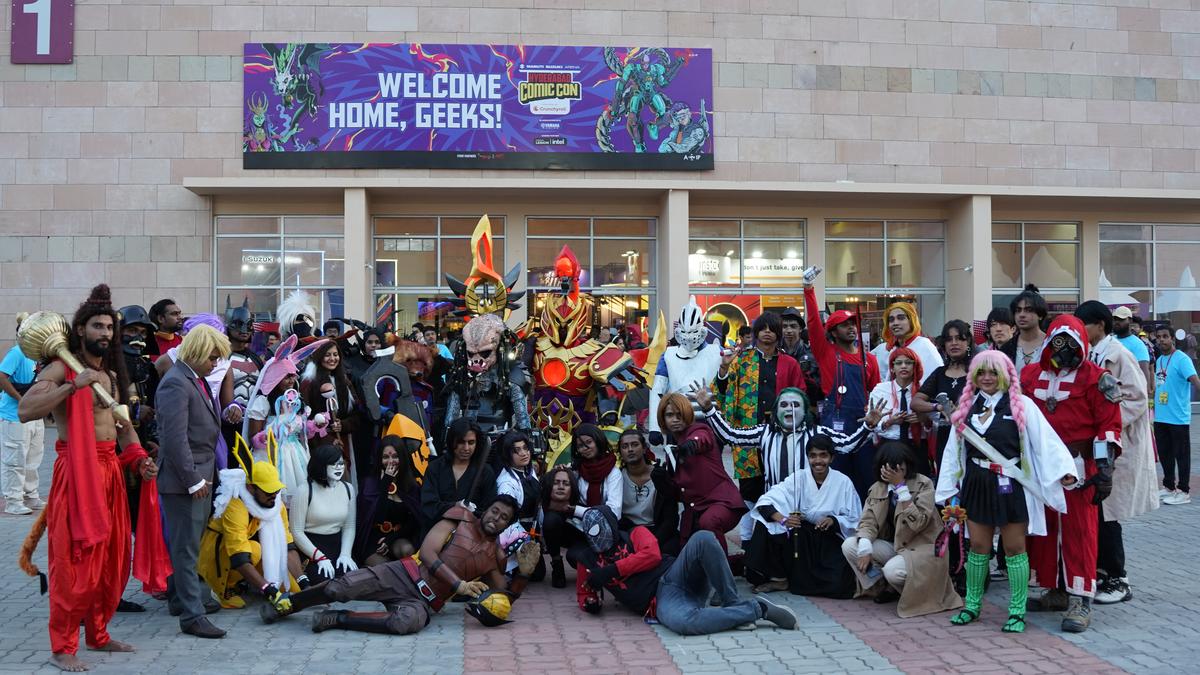Delivered ‘reasonable’ outcomes in business, profitability and asset quality: Chairman Khara
Delivered ‘reasonable’ outcomes in business, profitability and asset quality: Chairman Khara
The country’s largest lender State Bank of India (SBI) on Saturday reported a 6.7% drop in its standalone profit after tax to ₹6,068 crore for the quarter ended June, on account of mark-to-market (MTM) losses.
On a consolidated basis, its PAT stood at ₹7,325.11 crore as against ₹7,379.91 crore a year earlier.
SBI Chairman Dinesh Khara said that during the quarter the bank had delivered reasonable outcomes in business, profitability and asset quality.
“While net profit and operating profit have been impacted by the MTM losses due to hardening of bond yields, our core revenue streams have remained intact with good growth over previous year,” Mr. Khara told reporters.
The lender took a hit on account of MTM losses amounting to ₹6,549 crore on its investment book, which had an adverse impact on the Return on Assets (RoA) and Return on Equity (RoE), which were down 9 basis points (bps) and 203 bps, respectively.
Mark-to-market (MTM) losses occur when the financial assets held are valued by the market at a price lower than the purchase price.
Mr. Khara said as the government securities (g-sec) yields soften, the bank would be able to recover most of the MTM losses during this year.
“We have done some kind of sensitivity analysis. If we go by the government securities yield of 7.3%, which was yesterday’s closing, we can write back ₹1,900 crore of MTM provision, which we have already created,” he said.
Net Interest Income (NII) increased by 12.87% to ₹31,196 crore from ₹27,638 crore. Domestic net interest margins (NIM) improved by 8 bps to 3.23% from 3.15%. Asset quality also improved, with gross non-performing asset (GNPA) at 3.91% as against 5.32% in the same quarter of the previous year. Net NPA stood at 1% compared with 1.77%.
In terms of asset quality, the lender did not see any challenge ahead, Mr. Khara said.
“There is hardly any challenge in the corporate book. Even in the retail book, we are having NPA which is well within control. SME is one area where we have some NPAs but part of it is coming from the restructured book and we have adequately provided for it,” he said.
Fresh slippages in the quarter amounted to ₹9,740 crore, of which the lender has already pulled back almost ₹2,800 crore.
Slippage ratio was down 109 bps to 1.38% and credit cost stood at 0.61%, down 18 bps.
Recoveries and upgradation in the quarter stood at ₹5,208 crore.
Loan loss provisions were down 15.14% to ₹4,268 crore from ₹5,030 crore in Q1 of FY2022. Its capital adequacy ratio (CAR) was at 13.43%.
Mr. Khara further said the bank was well capitalised and that internal accruals would be enough to take care of business growth in the current year.
Advances grew 14.93% and deposits at 8.73%. Credit growth of the bank is expected to be at 15% in the current financial year.
“We have got decent visibility for credit growth to happen. Even the capacity utilisation has come to 75% in the economy and apart from that we have got a situation where we expect more corporates will be looking at us for availing credit facilities as compared to options available in the past for raising funds from the securities market,” Mr. Khara said.
He added that the retail segment continued to do very well and the bank had got a ‘decent’ visibility of mortgages, express credit and other loans.
Speaking on SBI’s stake in Yes Bank, Mr. Khara said, “We are required to keep stake at 26% (till March 2023) and we will go by what is expected of us. This matter has not been deliberated at the board level (so far).”








